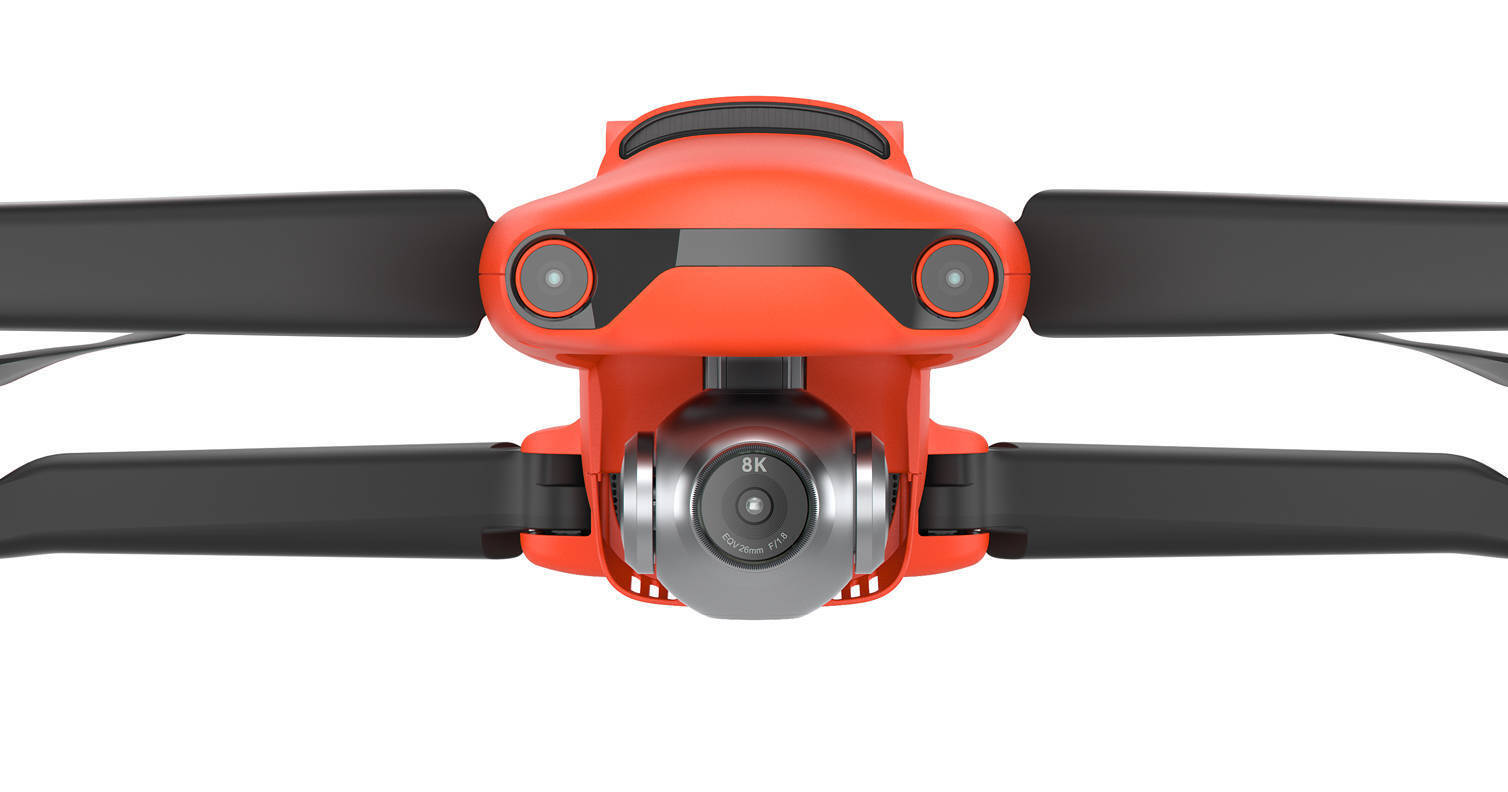Mavic-Master88
Well-Known Member
- Joined
- Jun 1, 2019
- Messages
- 130
- Reactions
- 102
Most companies do not cater to niche markets with cheaper products because that isn't where the money is. The cheaper, lower margin products are intended for volume sales and niche products are usually high margin and high cost because sales volume is much lower. The electronics world is full of examples like this. Take Nikon for example - they make 80% of their revenue from the $500-800 DSLR kits you find in Costco, WalMart, BestBuy, etc. Their $4000-$7000 flagship cameras have enormous margin and sell in dramatically fewer numbers. Features almost always trickle down from the top of the range to the bottom, but they need to pay off that R&D first. To your point, if a company wants to make maximum profit, this is exactly what they do and what most of them do already.
That is highly flawed and even non-sensical thinking. According to your logic, Tesla would only produce the Model X and sell it for $125K at maximum per-unit profit and forget about the Model 3 or model S since those are cheap units that don't generate cash flow. Apple would only sell the flagship iPhone for $1400 and offer no other models year to year. Makes no sense.
Besides, you contradict yourself when you readily admit DJI will likely sell a lot more A2S because of the high price of the M3. But if you were in charge, why even bother since they are making so little profit on the A2S?
I personally think the market for a tiny sensor 8K drone full of serious compromises to keep the price at $1500 would be far too small to be worth perusing. I also think it's important to reiterate that not all 8K is the same. If it's highly compressed with a really low bitrate coming from a tiny sensor, there is nothing attractive about that beyond the fancy symbols they can put in their marketing material. Good quality 8K from a large sensor with a high bitrate is incredible, and would cost well above the current M3 even without a 10X optical zoom. The processing power a drone would need to handle that would also be no small feat.
To be fair, I haven't personally tested the Autel Evo II 8K but there are reputable retailers like B&H Photo who have reviewed it and like it a lot. Seen a lot of Amazon customer reviews to the same effect. You seem to be putting a high-end bias viewpoint on the current state of 8K drone sensors and that doesn't serve the hobbyist market very well. If you intend your comments for only the high-end commercial market, then it makes more sense.
As for 8K TV's, current market projections show about 3% of households to have one by end of 2023. That number is around 40% for 4K (which have been available roughly since 2012), and the majority of the population is still using 1080P or less. These are all USA figures. For the foreseeable future anyway, 4K is going to be enough for the overwhelming majority of people in terms of playback resolution. Like I said earlier though, 8K does have plenty of other benefits, mostly on the editing side of things, but if the quality isn't there and it's just 8K for the sake of being 8K, those advantages go out the window.
We could argue about this for days but I'm already seeing sub-$3000 8K sets at Best Buy and I would imagine at that price point and in the coming years they will sell a ton of units. Netflix is rumored to be offering 8K movies in 2022 so that would be a powerful driver of TV sales.
Rest assured DJI has done their market research and knows far more than you or I ever will on the subject. If they thought a $1500 drone of some kind would make them the most money, that is exactly what they would have done. It's also very possible that they have priced the M3 such that they are expecting the price to end up around $1500 after 2-3 years, rounding out their product line and making room for the next big thing.
Neither one of us can claim victory on this argument because neither of us works in the accounting department of DJI and have full access to their balance sheets when it comes to various models of drones they sell. Gut feeling tells me they will regret losing out on the $1200-$2000 market when they drop the M2Z and M2P.














